Click below to listen to my 2 min. Garden Bite radio show: Read the plant label!
Audio PlayerI’ve had several people ask about replacement plants for plants that have moved on to the garden in the sky. I’ve advised them about the differing cultural requirements including sun and shade, soil and watering, the usual stuff. But another thing that must be mentioned when talking about buying plants is to make sure you know what you’re getting. Read the label carefully.
Take, for instance, these plant labels. This two plants are the same genus, Amsonia.
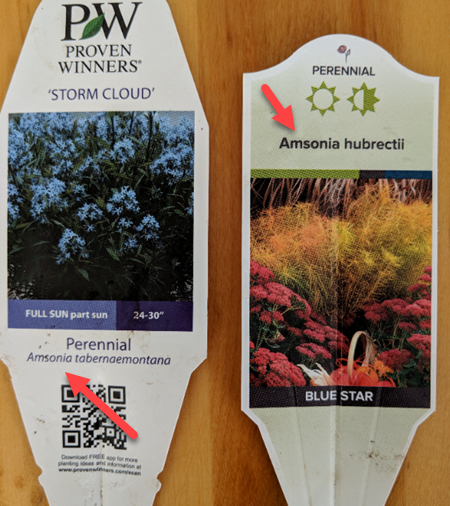
The second name is the species. While the requirements for these two are similar, I can tell you, they have, so far behaved differently!
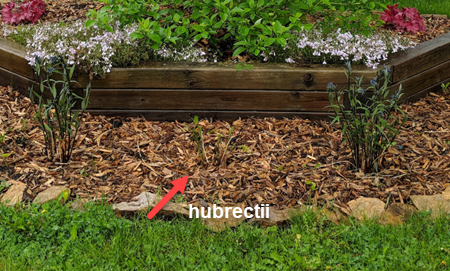
Now let’s take Viburnum. THIS group of shrubs consists of more than 150 species and cultivars. Light preferences can vary from full sun to shade, heights vary from 2 feet to 30 feet and, some berries are edible while others are not! You really need to know what cultivar will fit your needs.
The Viburnum called ‘Highbush Cranberry’ is known as Viburnum trilobum in latin. This bush will grow to 15 feet tall, is hardy to zone 2 and the red fruit is often made into jams and jellies. This cultivar is also known by several other names such as as American Cranberry, dog rowan, rose elder, and sometimes gets confused with European cranberry bush.
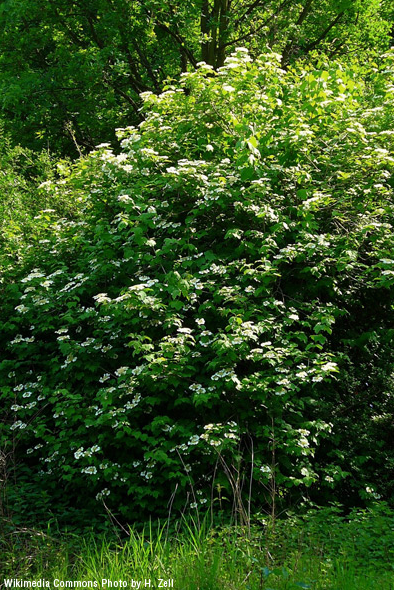
This bush will grow to 15 feet tall, is hardy to zone 2 and the red fruit is often made into jams and jellies.
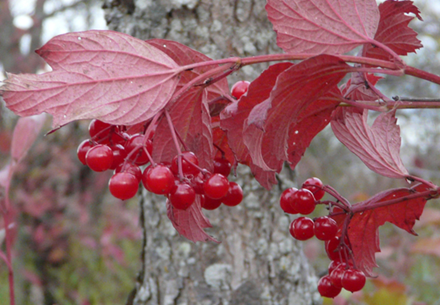
Contrast that with another Viburnum, ‘Korean Spice’ or Viburnum carlesii reaches just 5 feet tall, has extremely fragrant flowers and blue/black fruit fit for wildlife. Keep in mind that there are many different cultivars as well. That means there are some that are “dwarf” or have varied color or something else that breeders have done.
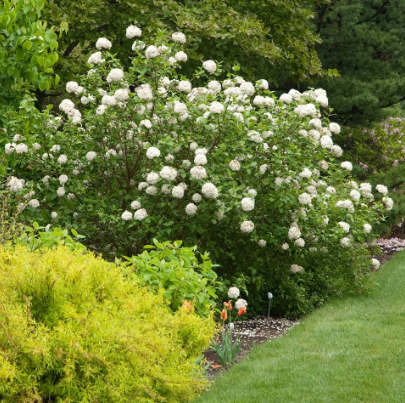
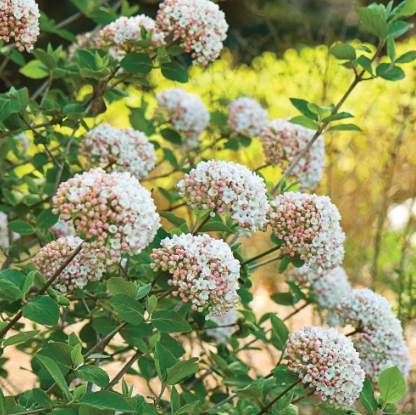
Latin names can be really tough to pronounce and nearly impossible to remember, however, they provide a lot more information than the common names do!
There is a real cultivar called European Cranberry bush known in Latin as Viburnum opulus whose fruit is reportedly not edible. This one is also NOT recommended as it is weedy and invasive! Especially in the Midwest.
It all comes down to reading the plant label very carefully. Especially when selecting more expensive shrubs and trees. you want to make sure you’re really getting what you want!
